Where Have All the Deer Sheds Gone?
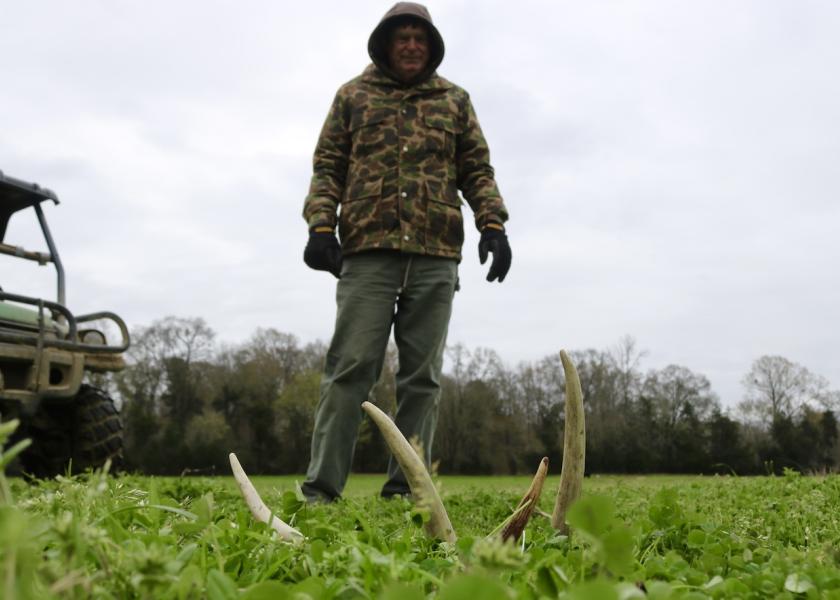
Deer sheds hide in plain sight, a vexing prospect for a hunter, farmer, or landowner searching for dropped antlers. A common question from the empty-handed: Where have all the sheds gone?
The frustrating answer is revealed by a seven-year hunt. After annually scouring the ground of a fenced, 430-acre property housing a documented deer herd, Auburn University published a seven-year tally in 2020, noting the average age of 5.39 years for bucks for which a shed was located, contrasted with 3.65 years for bucks whose antlers were never discovered. All told, only 38% of total sheds were found. Despite intense and methodical hunting, 62% of sheds were never obtained.
Treasure to be Found
Behind a high-tensile, near-10’ fence surrounding 430 acres of pasture and woods outside Camp Hill, Ala., Auburn University’s Captive Deer Research Facility (ACF) consists of 40% pasture grass, 49% woods (13% bottomland hardwoods, 26% mixed hardwoods, and 10% pine), and 11% scrub thickets. ACF maintains a deer herd including roughly 60 bucks (the precise number varies year to year) that shed antlers in a March window in accordance with a decline in testosterone levels.
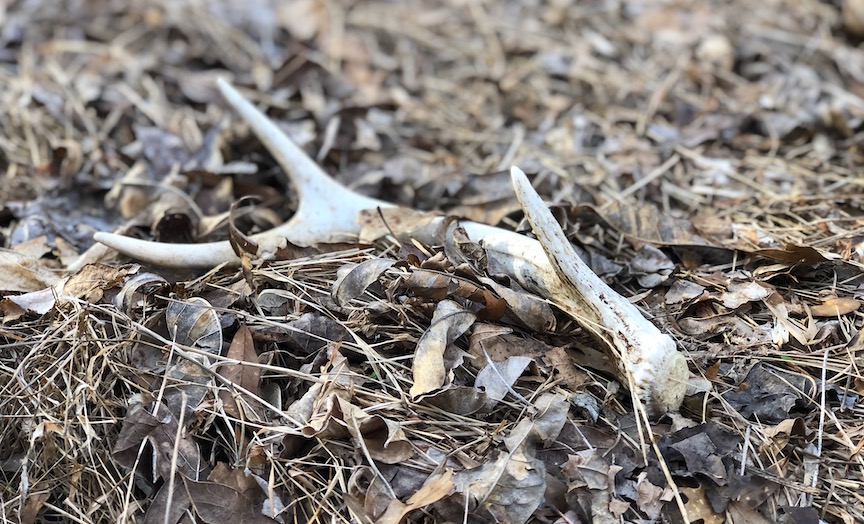
Whether dropped in grass or atop leaves in wooded areas, ACF staff collect the sheds and maintain a massive (and steadily increasing) collection available for research. “Antlers as a whole are surrounded by a lot of misnomers,” says Dr. Steven Ditchkoff, a professor in wildlife ecology at the helm of the Auburn University deer research program. “Antlers are almost mythical and something about them can make a hunter go insane. That insanity leads to lots of discussions and explorations where everyone is an expert, generating so many fallacies around antlers.”
“As far as sheds, they are a great recreation for hunters in the offseason; a treasure to be found,” Ditchkoff adds, “but from a scientific perspective, there’s not yet a ton of data collected.”
The Hunt
ACF’s search for sheds is concentrated during Shedpalooza, the unofficial tag of an annual hunt over several days in April, with teams of graduate and undergraduate students combing acreage for antlers. Upland areas are burned, and food plots and hay fields are mowed, prior to peak shed season. In 2012-2018, overall shed searches stretched from March to April, utilizing systematic searches from volunteer groups. (No dogs officially join the hunt due to permitting and protocol issues at ACF.)
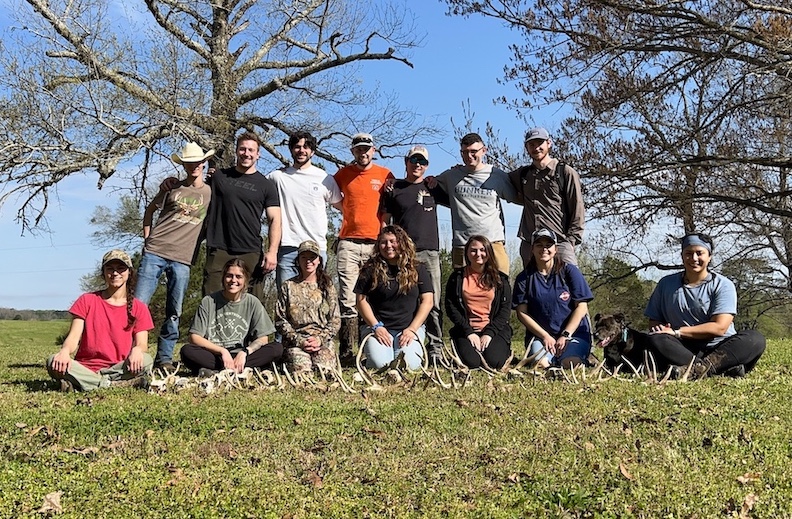
“There’s a lot of excitement and people get motivated,” Ditchkoff says. “We do our best to scour for every antler for two reasons. One, a shed allows us to get an antler measurement on deer we didn’t capture during the year. Two, it saves our tractor and truck tires because we get countless punctures. The search can be anywhere from 10 to 50 people and they move in sections 10 meters apart.”
In theory, Ditchkoff says, sheds should be found relative to habitat. For example, if deer spend 40% of their time in grasslands, then 40% of sheds should be within the given locale. Yet, reality is not so concise, he emphasizes. “The sheds are found everywhere. Everywhere. However, the one consistent spot is bedding. Deer may spend half their day down, and we always find sheds that match those bed locations. I’ve conducted organized searches where we’ve walked out with 10 antlers from a single bedding area of the thickest cover.”
“But overall, the research shows that at least in our geography, even with intense searching and a high number of people in confined acreage, most sheds are never found. The number breakdown may surprise people, but it sure helps explain why it can be so tough to spot a shed.”
Gold Nuggets
In 2020, AU graduate student Nicholas Deig released the findings of his master’s thesis, Utilizing Cast Antlers for Profiling Quality and Annual Repeatability of Antler Characteristics in a Nutritionally Stable Environment for White-tailed Deer, detailing collection of ACF sheds from 2012-2018.
Deig’s tally came from 113 bucks (43-63 dependent on the year). Over seven years, the ACF hunt produced 284 sheds: 22-47 per year. The total percent of sheds found each year ranged from a low of 17% to a high of 51%—the rest evaded the eyes of searchers beneath leaves, in grass cover, pressed into soil, or partially consumed by animals.
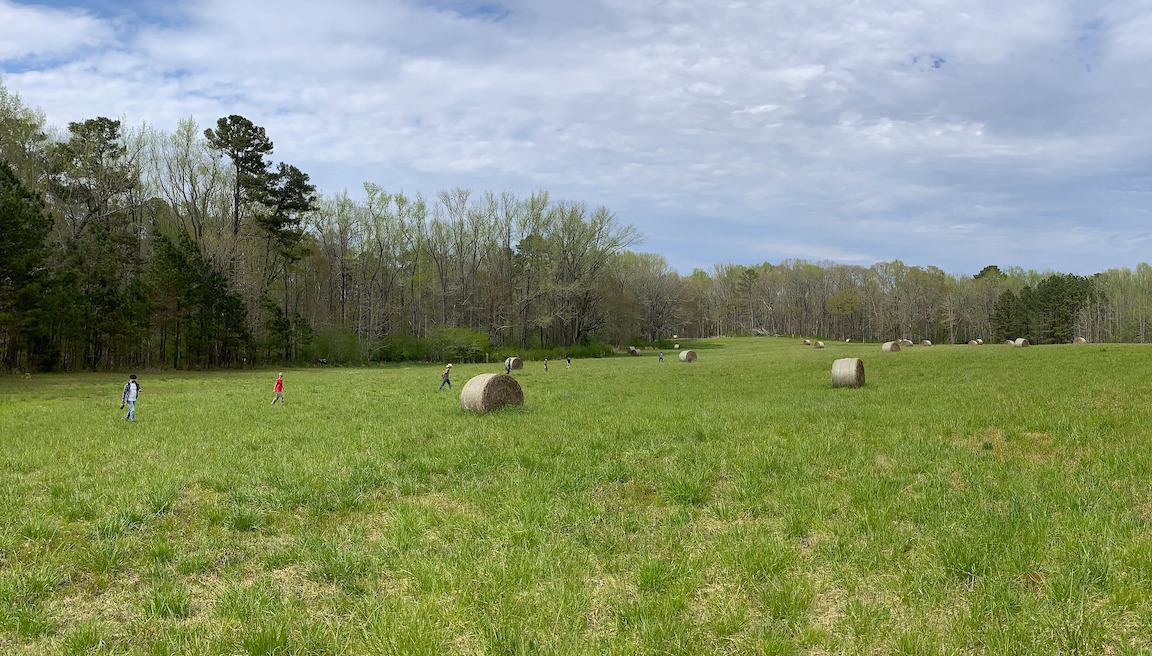
Age and size were noted by Deig: “In our population, the mean age of deer for which a shed antler was found was 5.39 years (0.13 SE), compared to 3.65 years (0.11 SE) for deer whose antlers were not located. We found that a shed antler was 2.73 (1.83-4.05, 95% C.L.) times as likely to be detected for every 1-year increase in age of the male that shed the antler (p < 0.001).”
In plain-speak, big sheds talk and small sheds walk.
Deig’s research demonstrated that sheds found on a given property are likely not representative of a buck population, considering the consistent skew toward larger sheds. Therefore, another adage: Hunt small to find’em all.
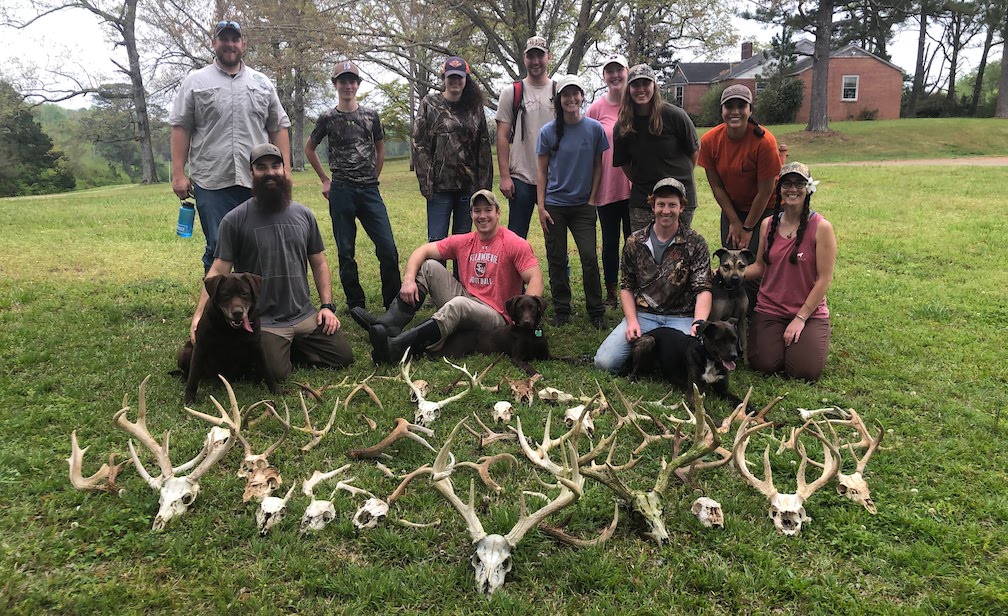
“We all know the biggest antlers are easiest to find,” Ditchkoff says. “It’s the spikes and 4-points that disappear. It’s hard to pick up sheds and learn too much about your deer population, but it is a phenomenal opportunity to learn about your deer in general.”
“We are consumed with sneaking in and sneaking off our land during hunting season, but sheds are the opportunity to explore and understand, and not negatively impact the future hunt,” Ditchkoff adds. “In fact, it’s the opposite: It’s the chance to positively impact your hunting later by understanding how deer move.”
“And who doesn’t enjoy finding a shed? They’re the gold nuggets of wildlife.”
To read more stories from Chris Bennett (cbennett@farmjournal.com 662-592-1106) see:
Judas Goats: Agriculture’s Bizarre, Drug-Addicted Masters of Deceit Once Ruled the Killing Floor
Cottonmouth Farmer: The Insane Tale of a Buck-Wild Scheme to Corner the Snake Venom Market
Tractorcade: How an Epic Convoy and Legendary Farmer Army Shook Washington, D.C.
Bagging the Tomato King: The Insane Hunt for Agriculture’s Wildest Con Man
Young Farmer uses YouTube and Video Games to Buy $1.8M Land
While America Slept, China Stole the Farm
Bizarre Mystery of Mummified Coon Dog Solved After 40 Years
The Arrowhead whisperer: Stunning Indian Artifact Collection Found on Farmland
Fleecing the Farm: How a Fake Crop Fueled a Bizarre $25 Million Ag Scam
Skeleton In the Walls: Mysterious Arkansas Farmhouse Hides Civil War History
US Farming Loses the King of Combines
Ghost in the House: A Forgotten American Farming Tragedy
Rat Hunting with the Dogs of War, Farming's Greatest Show on Legs
Evil Grain: The Wild Tale of History’s Biggest Crop Insurance Scam







